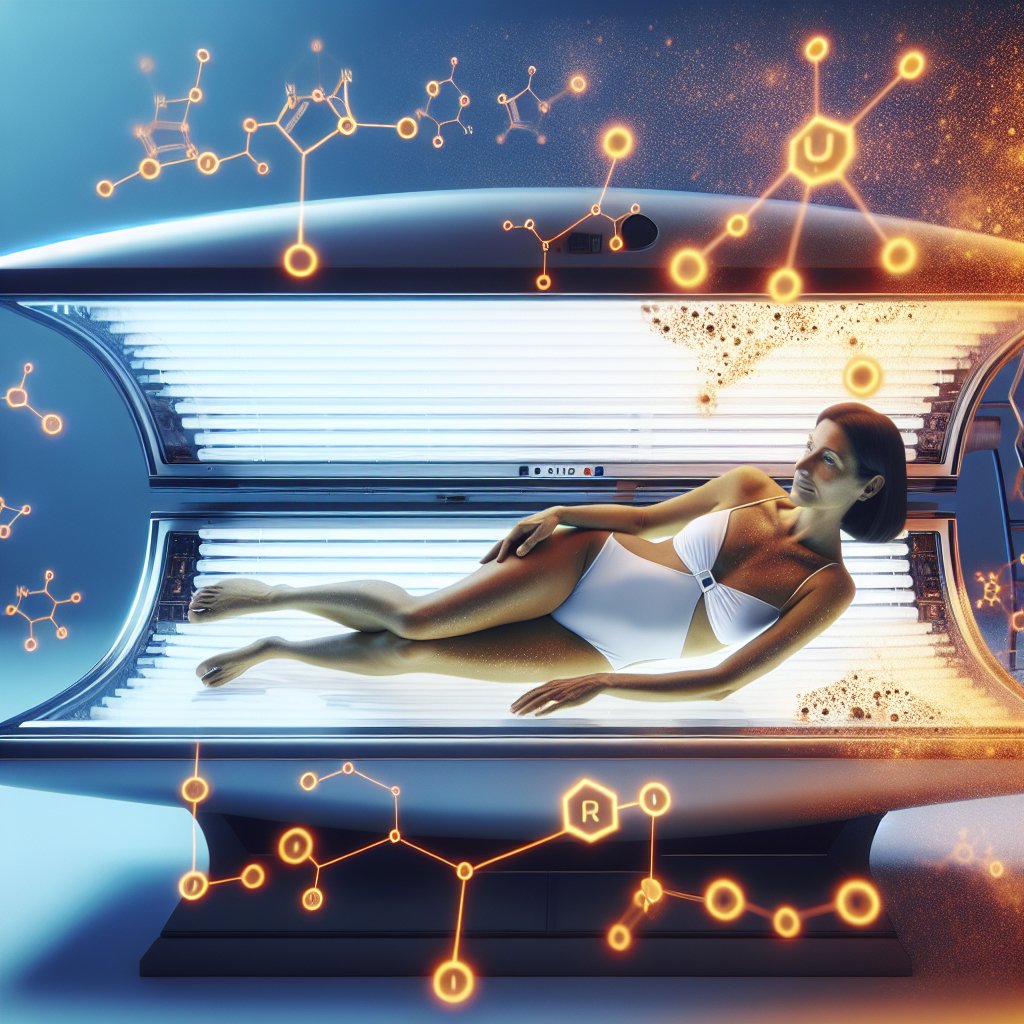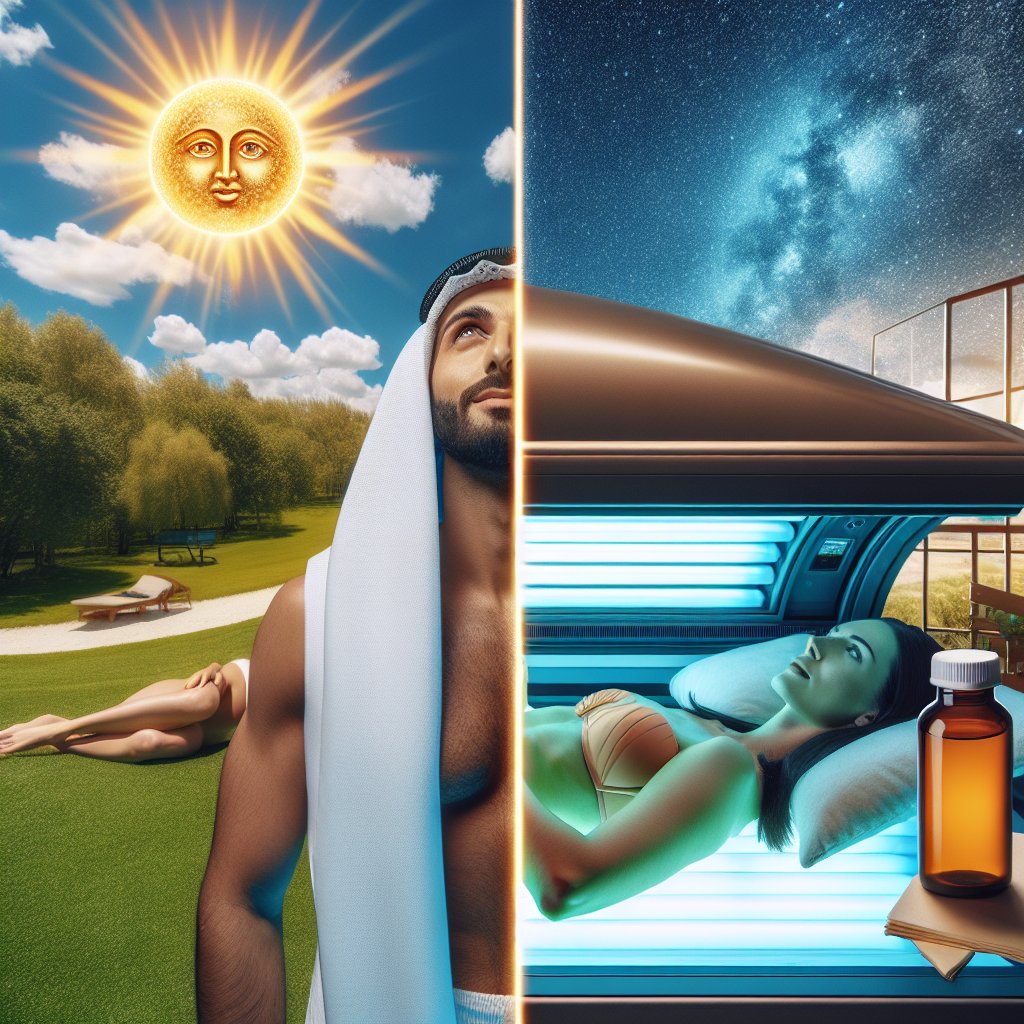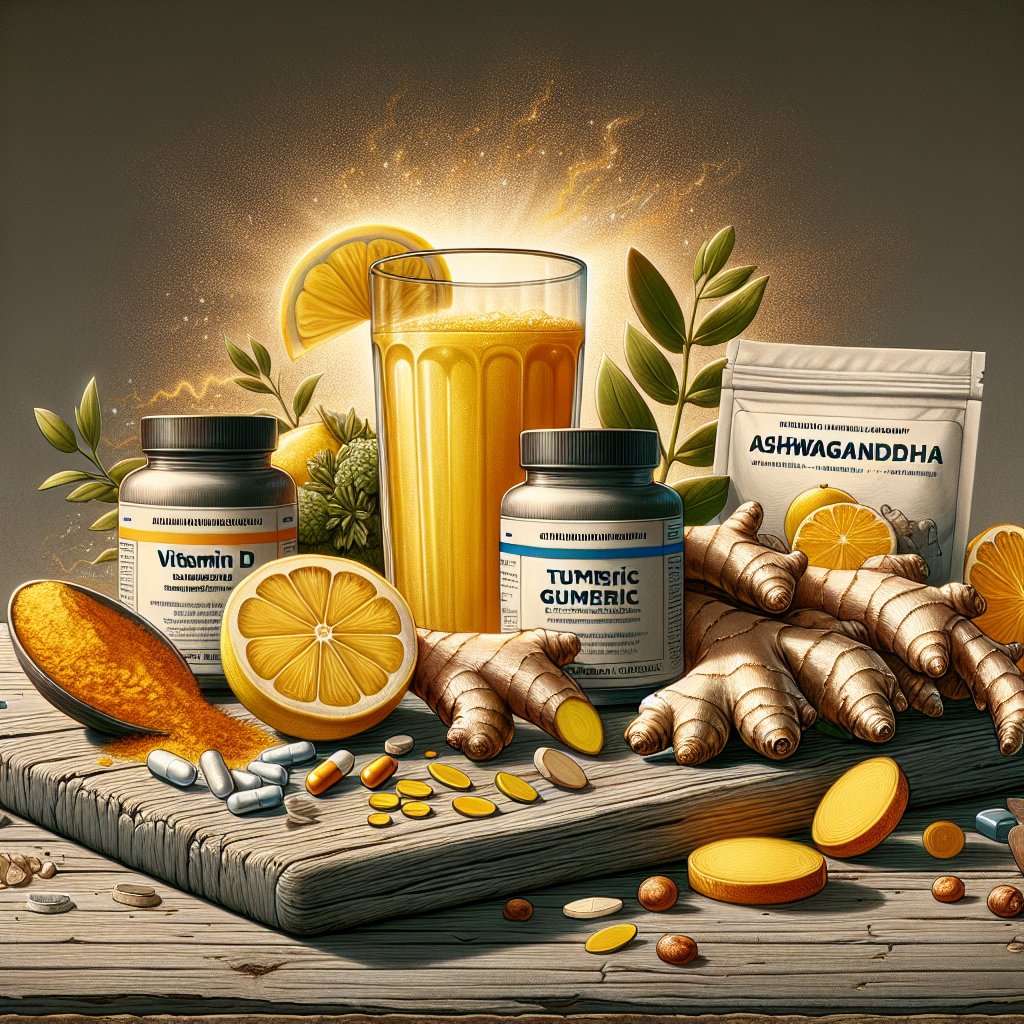Discover the Truth: Do You Really Get Vitamin D from Tanning Beds?
Do You Get Vitamin D from Tanning Beds?
Welcome to our in-depth exploration of an important topic that many people are curious about: the relationship between tanning beds and the acquisition of Vitamin D. Vitamin D is a crucial nutrient that plays a vital role in our overall health and well-being. Not only does it help in maintaining strong bones, but it also supports our immune system and mental health. Understanding the various sources of Vitamin D is essential, and tanning beds have been a subject of interest in this regard. In this article, we’ll discuss the importance of Vitamin D, and we’ll delve into whether tanning beds can be a potential source of this essential nutrient.

What is Vitamin D?
Vitamin D is a powerhouse nutrient that plays a crucial role in the body’s overall health and well-being. It is a fat-soluble vitamin that is unique compared to other vitamins, as it acts as a prohormone, influencing a multitude of biological processes.
Importance for the Body
One of the key roles of vitamin D is its contribution to the maintenance of strong and healthy bones. It aids in the absorption of calcium and phosphorus, essential minerals for bone strength. Moreover, it supports the immune system, muscle function, cardiovascular health, and even mood regulation.
Vitamin D also promotes normal cell growth and plays a significant role in reducing inflammation.
Sources of Vitamin D
While the sun is a well-known source of vitamin D, it can also be obtained naturally through certain foods. Fatty fish such as salmon, mackerel, and tuna are excellent sources, as are egg yolks, cheese, and beef liver. Many foods like milk, orange juice, and cereals are also fortified with vitamin D to help individuals meet their daily requirements.
Understanding Tanning Beds
So, let’s start by demystifying tanning beds. How do they actually work? Tanning beds emit ultraviolet (UV) radiation, just like the sun does. This UV radiation penetrates the skin and stimulates the production of melanin, the pigment responsible for tanning. Tanning beds typically use fluorescent lamps or bulbs to emit UVA and UVB rays, which are similar to the UV rays from the sun.
When it comes to types of tanning beds, there are mainly two categories: low-pressure tanning beds and high-pressure tanning beds. The former use fluorescent lamps that emit a higher concentration of UVB rays, often resulting in a shorter tanning time. On the other hand, high-pressure tanning beds use quartz lamps that emit predominantly UVA rays, providing a longer-lasting tan.
The purpose of tanning bed use is primarily for aesthetics. Many individuals use tanning beds to achieve a bronzed or darker complexion, especially during the winter months or before special events. Some people also use tanning beds to alleviate certain skin conditions like psoriasis, although this should be done under the guidance of a healthcare professional.
Now that we have a better understanding of tanning beds, let’s delve into the question: “Do you really get vitamin D from tanning beds?”

Can You Get Vitamin D from Tanning Beds?
Many individuals use tanning beds as a way to achieve a sun-kissed glow. However, can tanning beds really provide us with the essential vitamin D our bodies need? Let’s delve into the effectiveness of tanning beds as a source of vitamin D.
While tanning beds can stimulate the production of vitamin D in the body, it’s essential to approach this method with caution due to the associated risks. Research has shown that exposure to UV radiation from tanning beds increases the risk of skin cancer, premature aging, and eye damage. These risks often outweigh the potential benefits of using tanning beds as a vitamin D source.
It’s important to note that other safer methods, such as consuming vitamin D-rich foods or taking supplements, are highly recommended. Consult with a healthcare professional to determine the best approach for maintaining optimal vitamin D levels, as they can provide personalized recommendations based on your individual needs.
Comparing Tanning Beds to Natural Sources of Vitamin D
A common misconception is that tanning beds are just as effective as natural sources for acquiring Vitamin D. Let’s clear this up once and for all. Vitamin D is crucial for bone health, immune function, and overall well-being. But where should we get it from?
Vitamin D from Sunlight
The best and most natural way to acquire Vitamin D is through sunlight. When UVB rays from the sun hit the skin, a chemical reaction occurs, which leads to the production of Vitamin D. Studies have shown that just 10 to 30 minutes of midday sunlight can provide an adequate amount of Vitamin D.
Vitamin D from Diet and Supplements
If getting enough sun exposure is a challenge, there are other options. Consuming fatty fish, cod liver oil, egg yolks, and fortified dairy and plant-based milk can supplement your Vitamin D intake. Additionally, Vitamin D supplements are widely available and can be beneficial, especially for those with limited sun exposure.
Vitamin D from Tanning Beds
On the other hand, tanning beds may not be the best option for acquiring Vitamin D. Research has shown that the UV radiation from tanning beds can increase the risk of skin cancer and accelerate skin aging. It’s crucial to prioritize natural sources and supplements over tanning beds for Vitamin D intake. The risks of using tanning beds outweigh the benefits when it comes to Vitamin D.
Ultimately, while tanning beds may seem like a quick fix for Vitamin D deficiency, the risks associated with them far outweigh any potential benefits. It’s best to rely on natural sources like sunlight, a balanced diet, and supplements for your Vitamin D needs.

Risks and Side Effects of Using Tanning Beds for Vitamin D
While it may be tempting to rely on tanning beds for a quick dose of vitamin D, it’s important to understand the potential risks and side effects associated with this practice. Tanning beds emit ultraviolet (UV) radiation, which can have harmful effects on the skin and overall health.
Research has shown that the use of tanning beds increases the risk of skin cancer, including melanoma, which is the deadliest form of skin cancer. According to the American Academy of Dermatology, individuals who use indoor tanning devices are 59% more likely to develop melanoma compared to those who have never tanned indoors. This risk may be even higher for individuals who start using tanning beds at a young age.
Aside from the increased risk of skin cancer, using tanning beds can also lead to premature aging of the skin, including the development of wrinkles, age spots, and a leathery texture. Additionally, UV exposure from tanning beds can weaken the immune system, making the body more susceptible to infections and illnesses.
Safety Precautions When Using Tanning Beds
While tanning beds can be an artificial source of vitamin D, it’s crucial to prioritize safety when considering their use. Here are some essential guidelines and safety precautions for individuals considering tanning beds to obtain their vitamin D:
Consult with a Healthcare Professional
Before using a tanning bed for vitamin D, it’s essential to consult with a healthcare professional. They can assess your vitamin D levels and provide personalized recommendations to ensure you safely achieve optimal levels.
Use SPF Lotions
Even when using a tanning bed, it’s important to protect your skin. Consider using SPF lotions to minimize the risk of skin damage and reduce the harmful effects of UV radiation.
Limit Exposure Time
It’s crucial to limit your time in a tanning bed to avoid overexposure to UV radiation. Start with a short exposure time and gradually increase it as recommended by a healthcare professional.
By following these safety precautions, individuals can minimize the potential risks associated with using tanning beds for vitamin D while maximizing the benefits.

Exploring Safer Methods for Vitamin D Intake
While tanning beds might seem like a quick fix for getting your daily dose of Vitamin D, they come with potential risks such as skin damage and increased risk of skin cancer. But fret not! There are alternative and safer methods to ensure adequate Vitamin D intake without using tanning beds.
1. Sunlight Exposure
One of the best sources of Vitamin D is natural sunlight. Spending just 10-30 minutes in the sun without sunscreen a few times a week can help your body produce the Vitamin D it needs. However, it’s important to be mindful of the sun’s peak hours and to maintain skin health by balancing sun exposure with protection.
2. Vitamin D-Rich Foods
Your diet plays a crucial role in maintaining the right levels of Vitamin D. Include foods such as fatty fish (like salmon and tuna), egg yolks, cheese, and fortified dairy products in your meals. These foods are not only delicious but also packed with the sunshine vitamin!
3. Vitamin D Supplements
If you’re unable to get adequate Vitamin D from sunlight and diet alone, consider taking Vitamin D supplements. According to research published in the European Journal of Clinical Nutrition, supplements can effectively raise and maintain Vitamin D levels in the body, especially for individuals who have limited sun exposure.
While it might be tempting to turn to tanning beds for a quick Vitamin D boost, there are alternative and safer methods available that can help you maintain optimal Vitamin D levels without compromising your health.
Conclusion
Summarizing the key points discussed in this article, it’s essential to understand the significance of making informed choices for vitamin D intake. While tanning beds may seem like a convenient way to boost vitamin D levels, the potential risks and drawbacks outweigh the benefits. Research has shown that excessive UV exposure from tanning beds can significantly increase the risk of skin cancer, premature aging, and eye damage.
Furthermore, the amount of vitamin D produced through tanning beds is difficult to standardize and regulate, leading to uncertainty about the actual benefits. Consequently, the safest and most effective way to maintain adequate vitamin D levels is through a combination of sensible sun exposure, vitamin D-rich foods, and supplements if necessary.
Importance of Informed Choices
As consumers, it’s crucial to prioritize our health and well-being by making informed choices. When it comes to vitamin D intake, seeking natural sources and consulting healthcare professionals for supplementation guidance is the best approach. Rather than relying on tanning beds, which pose serious health risks, embracing outdoor activities and a balanced diet can provide the necessary vitamin D while promoting overall wellness.


